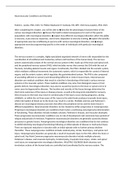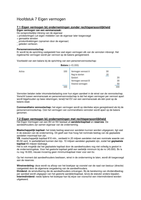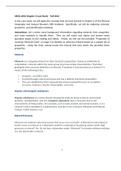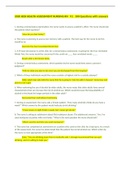Samenvatting
Summary Strategic Communication of Organizations (SCoO) week 7 till 11
- Instelling
- Universiteit Van Amsterdam (UvA)
A summary of the course Strategic Communication of Organizations of all articles to be read for the course AND notes of the lectures included.
[Meer zien]









